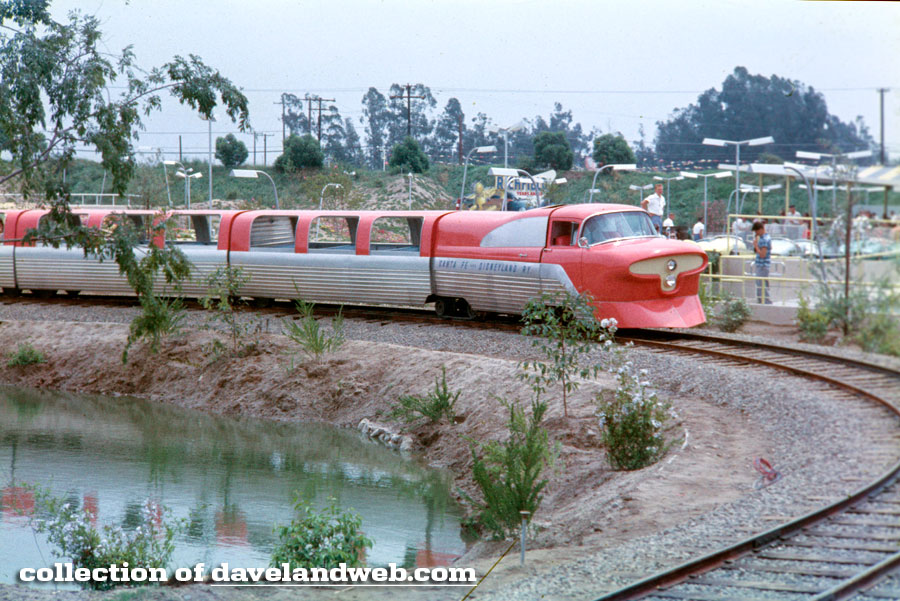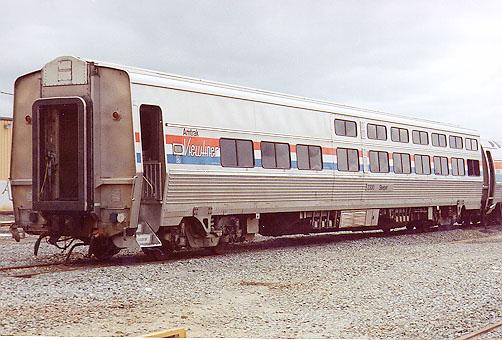jis
Permanent Way Inspector
Staff member
Administator
Moderator
AU Supporting Member
Gathering Team Member
Here is one for y'all to chew on..... $535 million up front and then yearly fees for the Denver to Longmont section of BNSF for use by RTD!
See http://www.dailycamera.com/business/ci_20782125/rtd-stunned-by-bnsfs-charge-use-northwest-rail
I wonder what BNSF would ask if it owned the Sunset Line. Would it be less than $1.something billion?
What is your guess on what it will ask for a second train on the EB route?
See http://www.dailycamera.com/business/ci_20782125/rtd-stunned-by-bnsfs-charge-use-northwest-rail
I wonder what BNSF would ask if it owned the Sunset Line. Would it be less than $1.something billion?
What is your guess on what it will ask for a second train on the EB route?























































